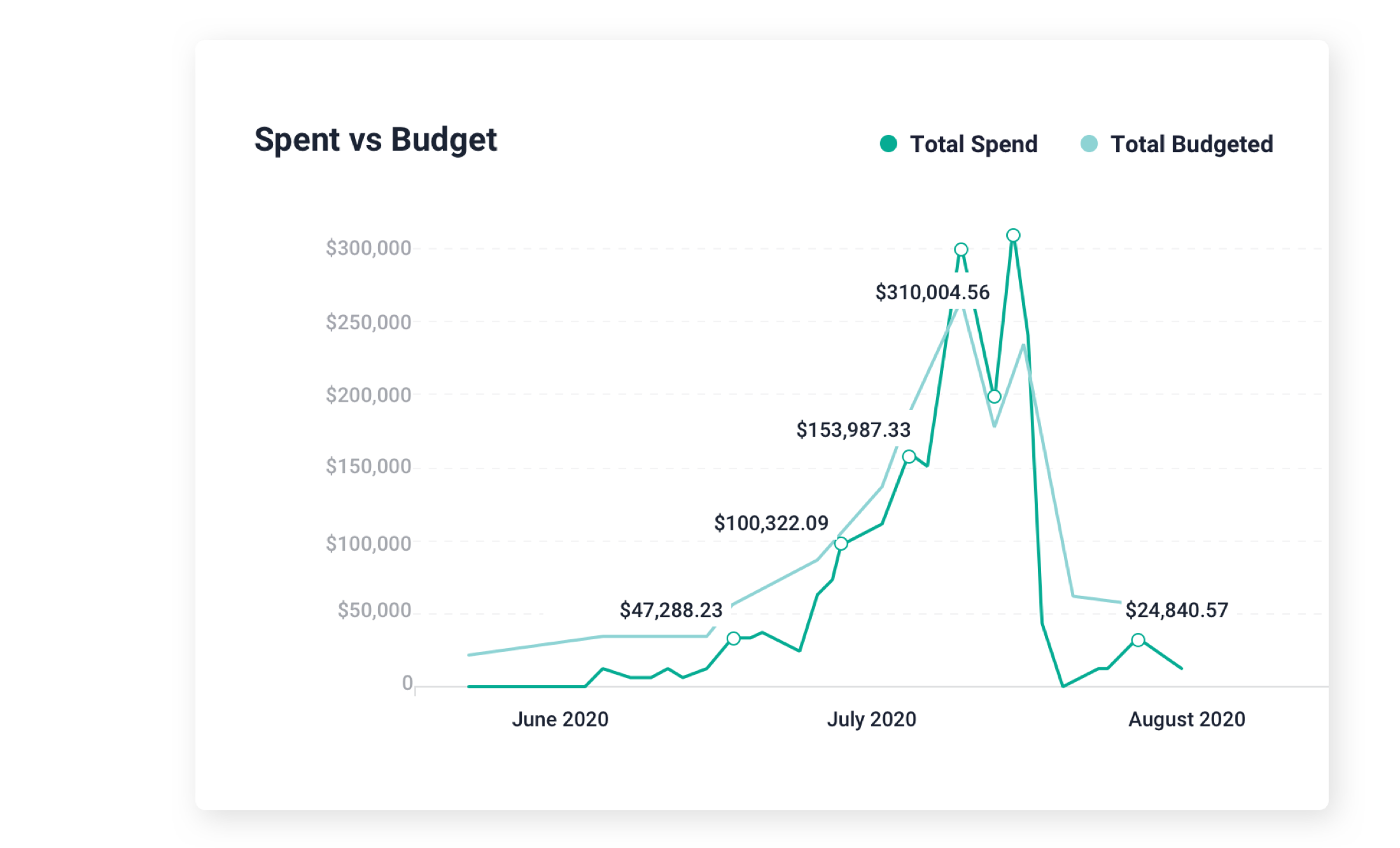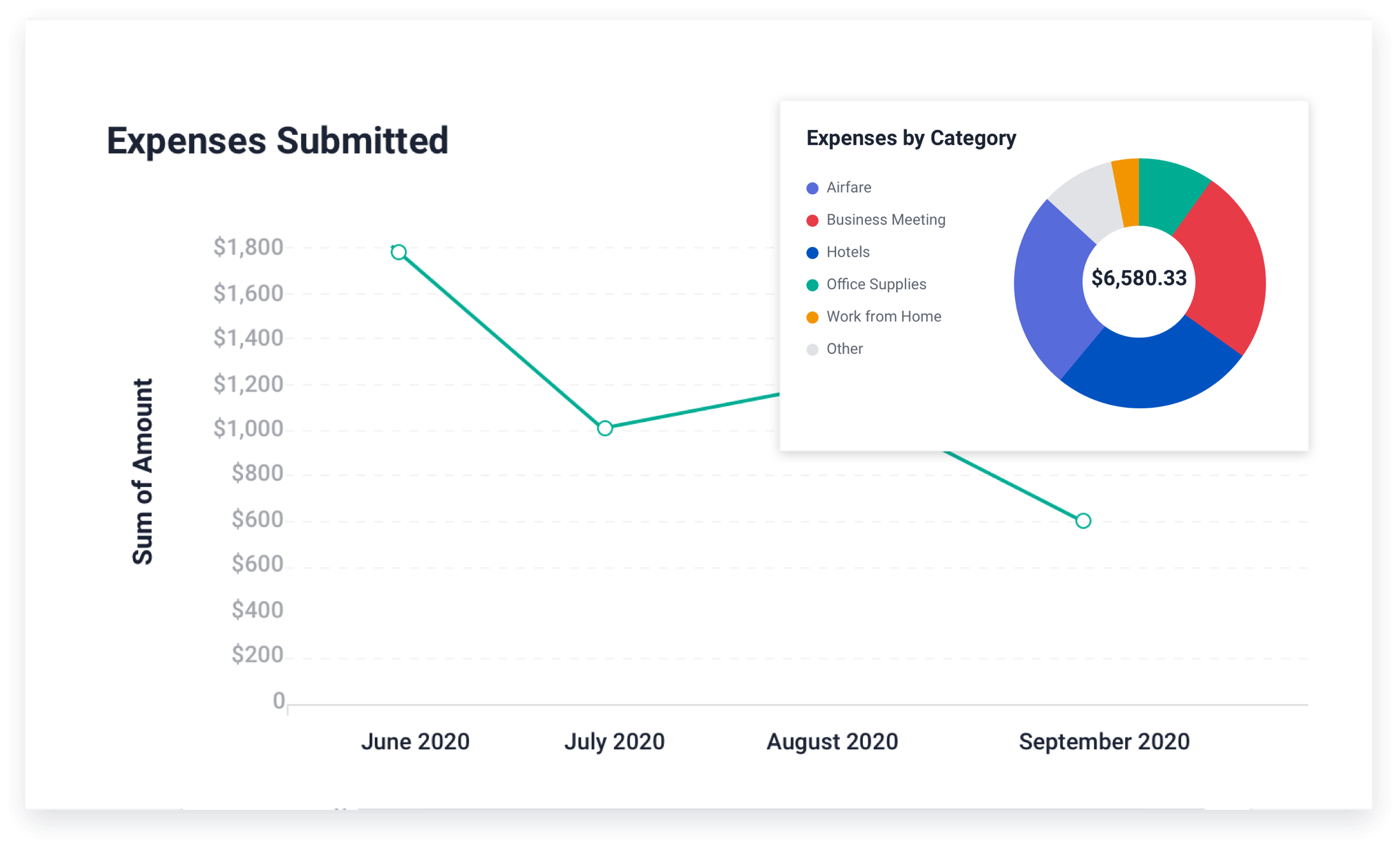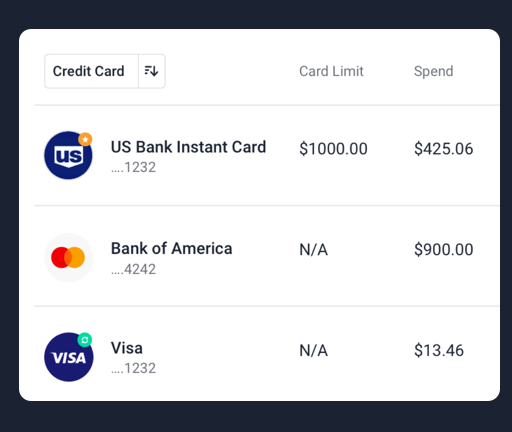TravelBank powers the expense and travel solution for more than 45,000 companies with automated workflows for easier and more accurate expense tracking, real-time insights into spend data, customizable expense categories tailored to your business needs, and the only end-to-end solution for managing all of your travel and business spend in one place.
Fast Implementation
Start controlling cost in minutes, not months. Getting set up is simple with HRIS sync, general ledger integrations, and policy recommendations.
Best ROI
Increase visibility and streamline spend, at half the price. Additionally, reduce errors, improve data accuracy, and speed up reconcilliation.
Timely Reporting
Track receipts on the go and submit an expense report in a few taps so supervisors have the data they need to analyze project budgets.
Latest
Corporate Card Management
Manage every corporate card from a single view, and see all transactions even before they’ve been submitted with a report.
Learn more.

Know Your True Costs
Intuitive software and custom expense fields ensure each expense is assigned to the correct project. As a result, tax preparation, billing, and assessing profitability are simpler.

Improve Project Estimate Accuracy
Easily compare figures to your previous projects and calculate travel expenses based on real-time market data so you can more accurately estimate project costs beyond materials and labor.

Gain Visibility Between Office and Job Sites
Digital receipt tracking, corporate card tracking, and premium insights give supervisors earlier visibility so they can identify wasteful spend and plan the most cost-appropriate approach.
Save company money when you manage spend in one place
Effective Expense Management for Construction Projects
The Buyer’s Guide to Evaluating Expense Management Solutions
Why Managed Travel is a Must for Construction Leaders










